 by Mariel Berger
When something is organized it flows in the most efficient way possible. I just moved into a new apartment and am discovering the joy of changing my habits to create a super organized home. Every object has a place, and that place is set up in relationship to all other things so the dynamic of the house flows effortlessly. The apartment itself is small, but its efficient arranging lets everything be seen as a whole, and function to its potential. Just as when our muscular system is integrated well, we are conscious of how the parts relate to each other: one at a time and all together.
by Mariel Berger
When something is organized it flows in the most efficient way possible. I just moved into a new apartment and am discovering the joy of changing my habits to create a super organized home. Every object has a place, and that place is set up in relationship to all other things so the dynamic of the house flows effortlessly. The apartment itself is small, but its efficient arranging lets everything be seen as a whole, and function to its potential. Just as when our muscular system is integrated well, we are conscious of how the parts relate to each other: one at a time and all together.
In this modern world, it is easy to forget about the Whole, since our days are governed by the clock. Linear Time is structured in a way that you can’t see what came before or what will be. We are trapped in seconds, minutes, days --lost in the fleetingness of moments---each one vanishing as we step forward into the next. What if we allowed time to soften from its hard line into a spiral that wraps and wraps around itself? What if we were able to experience time in its Entire Presence?
From years of anxious doing, humans have learned and constructed different patterns from the ones found in nature. Patriarchy, Capitalism, Western Culture--all these very narrow systems have detached us from our true and effortless flow. Just as Corporate Agriculture turned farming into rows, despite the fact that nature’s most efficient growing shape is nonlinear, years of industrious work regimented and fixed our muscles into an unnatural shape. Tension and pain are from habits that are not aligned with nature’s organization.
Western Culture worships lines----------------------------------------------------->
[Linear Time] ---------------------> [GRIDS]-------------------------> [Boxes]------------>
Time in one fixed and narrow arrow always pointing from past to future.
[Lists] [Periods]
[Streets] [Fences]
[Wars] [Watches]
[Patriarchy]
All of these linear forces have tried to grid over nature’s beautiful and miraculous organization--the endlessly flowing spirals moving through every part of life. Spirals are found in all parts of nature: galaxies, hurricanes, whirlpools, nautilus shells, cacti, cauliflower, cabbage, sunflowers, pine cones and even inside us. “Examples of spirals in the human body include the spiral waves of blood flow, twisting curves in bones, and the corkscrew-like umbilical cord.” There are also spirals throughout our muscular system. “The human body is fundamentally built upon spiral design and moves most efficiently in accord with spiral motion.” Carol Porter McCullough via Raymond Dart discusses the “double spiral arrangement of the human musculature” here.
In Alexander Technique we are constantly practicing connecting to the spirals within us, as well as allowing our walk to return to its natural spiral motion. The more we practice Alexander Technique, the more we expand our experience from two dimensional to three dimensional. As our relationship to our bodies shift, our thought process becomes three dimensional, and our experience of time softens from a line into a spiral. Instead of end-gaining or moving in a two dimensional straight line from point A to point B, we find the infinite three dimensional spiral which lets us experience the whole and the parts: one at a time and all together. We allow for our neck to be free, head to move forward and up, torso to widen and deepen, knees to move forward and away, simultaneously and part by part. We pay attention to each piece while remembering the connection to the fluid spiral within and around us.
Just as Alexander Technique organizes our bodies, in Permaculture Design, a practice of efficient and sustainable gardening/farming, we are encouraged to organize our gardens to mimic nature’s shapes. Many people arrange their gardens in spiral pyramid designs. “The Herb Spiral is a highly productive and energy efficient, vertical garden design. It allows you to stack plants to maximise space – a practical and attractive solution for urban gardeners...This Permaculture design maximises the natural force of gravity, allowing water to drain freely and seep down through all layers – leaving a drier zone at the top (perfect for hardy herbs) and a moist area at the bottom for water lovers.” – Adrian Buckley (from here).
Alexander Technique and Permaculture Design are both practices to help the body and land return to an integrative system of parts relating to the whole. Spirals are the essence of nature, and through these practices we organize our bodies and landscapes to resonate with their natural flow. Tiny spirals are in our DNA, pour into our blood, twist into our bones, make up our muscle sheets--and as we walk our arms, hips and torso spiral around our spine. We organize our garden into a spiral of sunflowers and even the sunflowers are endlessly repeating spiraling fractals of themselves. The part is the whole, the whole is the part...and on and on…………Read this piece in any order until you see that the meaning is in every word, and the words combined make meaning. Allow yourself to flow in and out of time, spiralling around and around…..
all together one at a time all together one at a time all together one at a time……..
all together one at a time…….. alltogetheroneatatimealltogetheroneatatimealltogetheroneatatimealltogetheroneatatimealltogetheroneatatimealltogetheroneatatimealltogetheroneatatimealltogetheroneata….…… .... …...
[author] [author_image timthumb='on']http://www.acatnyc.org/main/wp-content/uploads/2015/07/helsinki-sun-headshot.jpg[/author_image] [author_info]MARIEL BERGER is a composer, pianist, singer, teacher, writer, and activist living in Brooklyn, NY. She currently writes for Tom Tom Magazine which features women drummers, and her personal essays have been featured on the Body Is Not An Apology website. Mariel curates a monthly concert series promoting women, queer, trans, and gender-non-conforming musicians and artists. She gets her biggest inspiration from her young music students who teach her how to be gentle, patient, joyful, and curious. You can hear her music and read her writing at: marielberger.com[/author_info] [/author]
 by Karen Krueger
Many Alexander Technique teachers don't like to even mention the word "posture." They think the very word has so many wrong connotations that it should be avoided. But I take Humpty Dumpty's point of view: the important thing is not what people think a word might mean, but what we say it means:
by Karen Krueger
Many Alexander Technique teachers don't like to even mention the word "posture." They think the very word has so many wrong connotations that it should be avoided. But I take Humpty Dumpty's point of view: the important thing is not what people think a word might mean, but what we say it means:

 by Karen Krueger
I've been reading a lot lately about "vocal fry," a speaking mannerism that some people find extremely annoying and others defend as an innovative trend among influential young women. Vocal fry is a gravelly or creaky sound to the voice that is most clearly heard at the ends of words and phrases. Some people call it "the NPR voice." Others trace it to Kim Kardashian.
by Karen Krueger
I've been reading a lot lately about "vocal fry," a speaking mannerism that some people find extremely annoying and others defend as an innovative trend among influential young women. Vocal fry is a gravelly or creaky sound to the voice that is most clearly heard at the ends of words and phrases. Some people call it "the NPR voice." Others trace it to Kim Kardashian.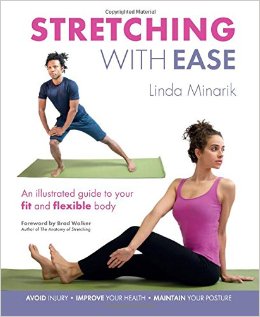 by Brooke Lieb
Linda Minarik is a pianist, dancer, singer, and fitness professional. Her new book is entitled Stretching with Ease. Linda has been familiar with the Alexander Technique for nearly 40 years. Her first private lessons were with ACAT alumna Linda Babits in connection with practicing piano with ease. Linda’s life-long love of movement inspired her to train in ballet, and to become a certified group fitness instructor, including teaching qualifications in Gyrokinesis® and the MELT Method®.
by Brooke Lieb
Linda Minarik is a pianist, dancer, singer, and fitness professional. Her new book is entitled Stretching with Ease. Linda has been familiar with the Alexander Technique for nearly 40 years. Her first private lessons were with ACAT alumna Linda Babits in connection with practicing piano with ease. Linda’s life-long love of movement inspired her to train in ballet, and to become a certified group fitness instructor, including teaching qualifications in Gyrokinesis® and the MELT Method®. By Jeffrey Glazer
By Jeffrey Glazer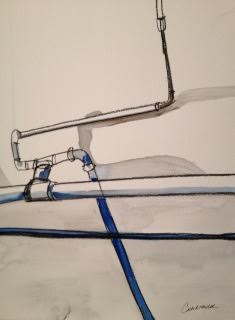 by Cate McNider
by Cate McNider
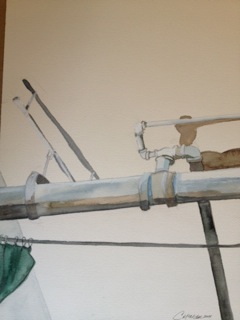
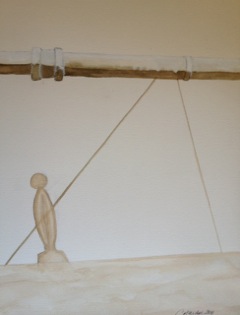
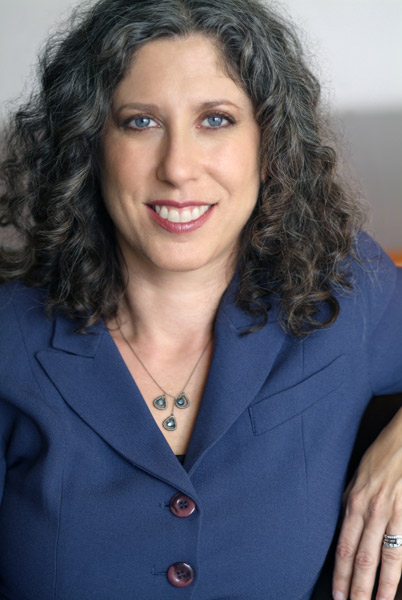 by Brooke Lieb
by Brooke Lieb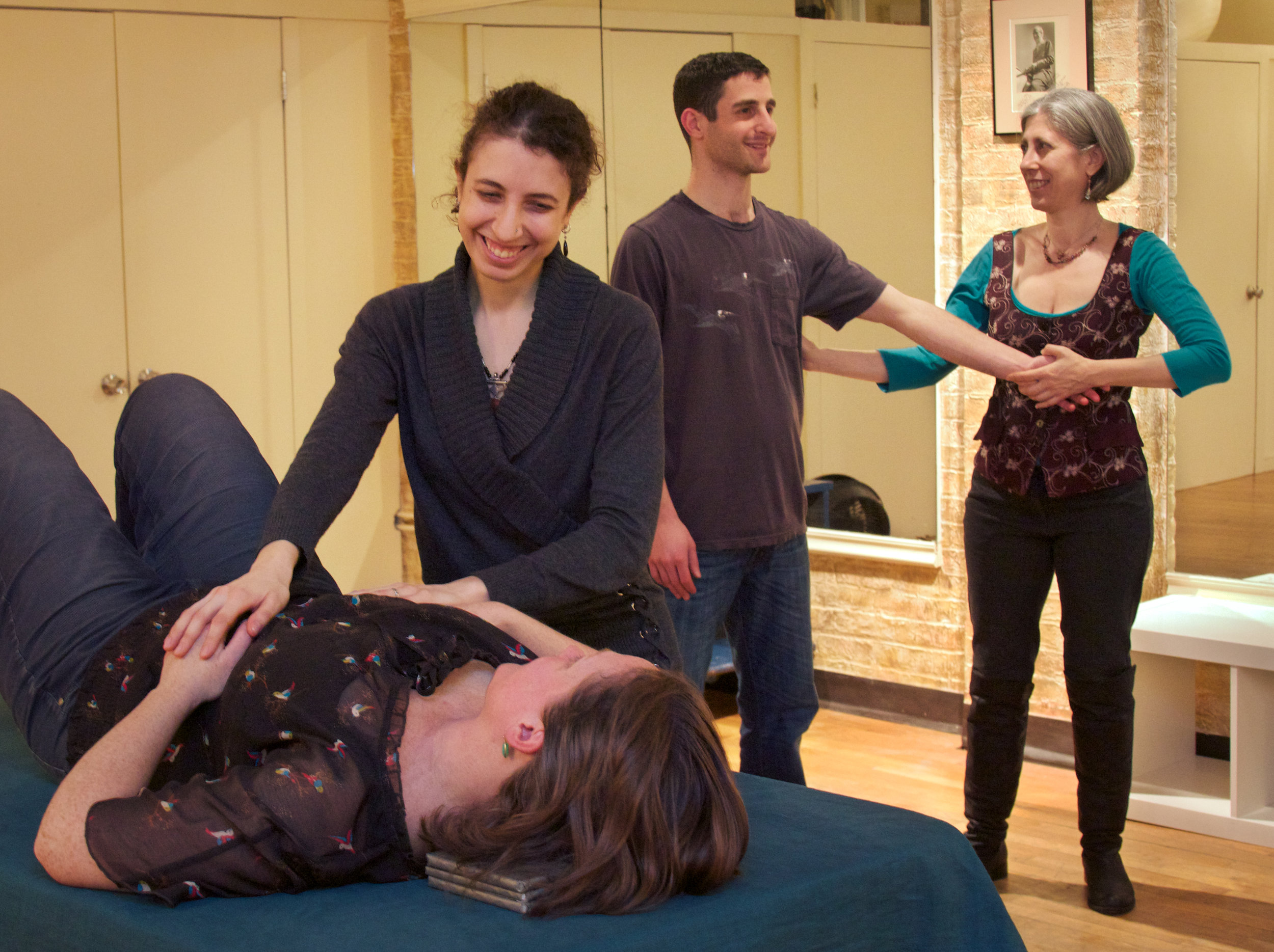 by Karen Krueger
In
by Karen Krueger
In  by Marta Curbelo
I always loved movement and dance. I became a “star” in my brand new elementary school when I danced in front of my father’s Latin band at a school assembly. As a stay-at-home mom, I missed dance. When Nicole was eight, I decided to get active again: I joined The Nickolaus Technique exercise classes. After a few years of taking classes, I became an instructor and gave classes. One of the franchise owners was training at ACAT and asked me to volunteer as his student. At the time, I was about to buy a Nickolaus franchise. After volunteering at ACAT and experiencing a lightness I had never before felt, I started The Alexander Technique lessons with Sarnie Ogus and my life changed. Forget about the Nickolaus franchise, this was for me. My then-husband was going to be assigned to London and I knew I could find a home in England with The Alexander Technique. We never made it to London, but I have been able to teach The Alexander Technique wherever I found myself: New York City, Stamford CT or Santa Fe NM; even being invited to give annual workshops in Italy and Switzerland over a six-year period.
by Marta Curbelo
I always loved movement and dance. I became a “star” in my brand new elementary school when I danced in front of my father’s Latin band at a school assembly. As a stay-at-home mom, I missed dance. When Nicole was eight, I decided to get active again: I joined The Nickolaus Technique exercise classes. After a few years of taking classes, I became an instructor and gave classes. One of the franchise owners was training at ACAT and asked me to volunteer as his student. At the time, I was about to buy a Nickolaus franchise. After volunteering at ACAT and experiencing a lightness I had never before felt, I started The Alexander Technique lessons with Sarnie Ogus and my life changed. Forget about the Nickolaus franchise, this was for me. My then-husband was going to be assigned to London and I knew I could find a home in England with The Alexander Technique. We never made it to London, but I have been able to teach The Alexander Technique wherever I found myself: New York City, Stamford CT or Santa Fe NM; even being invited to give annual workshops in Italy and Switzerland over a six-year period.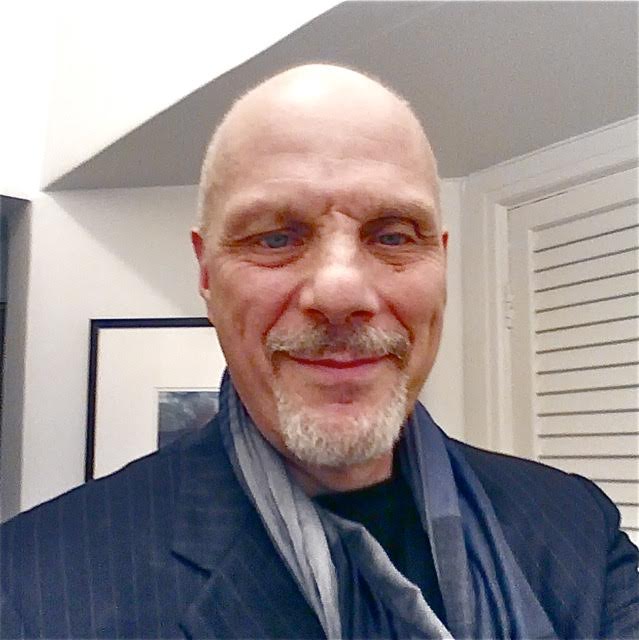 by Daniel Singer
As a young man in my 20’s and well out of college, I was continuing with the spiritual search I had consciously begun at age 15. So as it happened, I found myself living in upstate New York on a rural farm, with a serious group of spiritual seekers. We were studying, in a practical way, the ideas of Gurdjieff. This farm/craft guild was an extraordinarily impactful learning environment, centered around traditional arts like pottery, weaving, woodworking, printing, farming, home-crafts, etc. We were studying the ideas of Gurdjieff; and working at traditional crafts was part of a means we used for self-study. I myself became a glassblower artisan there, and made this community my home for 6 years.
by Daniel Singer
As a young man in my 20’s and well out of college, I was continuing with the spiritual search I had consciously begun at age 15. So as it happened, I found myself living in upstate New York on a rural farm, with a serious group of spiritual seekers. We were studying, in a practical way, the ideas of Gurdjieff. This farm/craft guild was an extraordinarily impactful learning environment, centered around traditional arts like pottery, weaving, woodworking, printing, farming, home-crafts, etc. We were studying the ideas of Gurdjieff; and working at traditional crafts was part of a means we used for self-study. I myself became a glassblower artisan there, and made this community my home for 6 years.
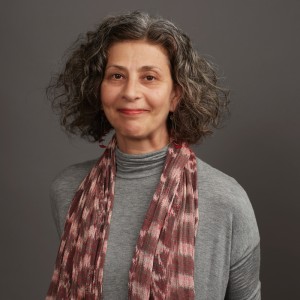 by Kim Jessor
It was 1977. I had recently graduated from college, and had come to New York to be a dancer. I was living in Soho, taking dance classes, rehearsing and performing in lofts, and living the downtown New York arty life I had dreamed of. But then my knees began to give me trouble. Like F. M. Alexander, the medical world had no answers for me, nothing showed up on an x-ray, rest was advised. I was desperate; the life I had envisioned, the great joy dancing brought me and how much my young identity was tied up in it, seemed to be slipping away from me. At Sarah Lawrence College I had known Missy Vineyard. I knew she had become an Alexander teacher, and I had another dancer friend with knee trouble who was studying with Missy. They were the first people to tell me of this work that would change my life. I don’t remember clearly how I found my way to Jessica Wolf for my first lesson. She was still in her final semester of training. Once I went with her for a supervisory lesson to Judy Liebowitz’s (one of ACAT’s founders) apartment!
by Kim Jessor
It was 1977. I had recently graduated from college, and had come to New York to be a dancer. I was living in Soho, taking dance classes, rehearsing and performing in lofts, and living the downtown New York arty life I had dreamed of. But then my knees began to give me trouble. Like F. M. Alexander, the medical world had no answers for me, nothing showed up on an x-ray, rest was advised. I was desperate; the life I had envisioned, the great joy dancing brought me and how much my young identity was tied up in it, seemed to be slipping away from me. At Sarah Lawrence College I had known Missy Vineyard. I knew she had become an Alexander teacher, and I had another dancer friend with knee trouble who was studying with Missy. They were the first people to tell me of this work that would change my life. I don’t remember clearly how I found my way to Jessica Wolf for my first lesson. She was still in her final semester of training. Once I went with her for a supervisory lesson to Judy Liebowitz’s (one of ACAT’s founders) apartment!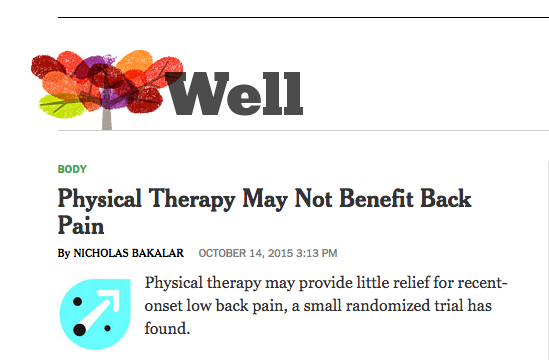



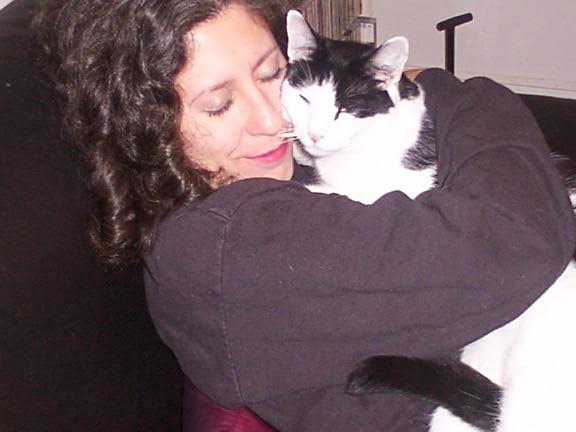 by Brooke Lieb
The Alexander Technique teaches a robust tool to recognize and address habits, including movement patterns, posture and muscle tone; and thinking and behavioral habits, as well.
by Brooke Lieb
The Alexander Technique teaches a robust tool to recognize and address habits, including movement patterns, posture and muscle tone; and thinking and behavioral habits, as well.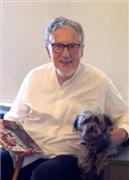 by Brooke Lieb
by Brooke Lieb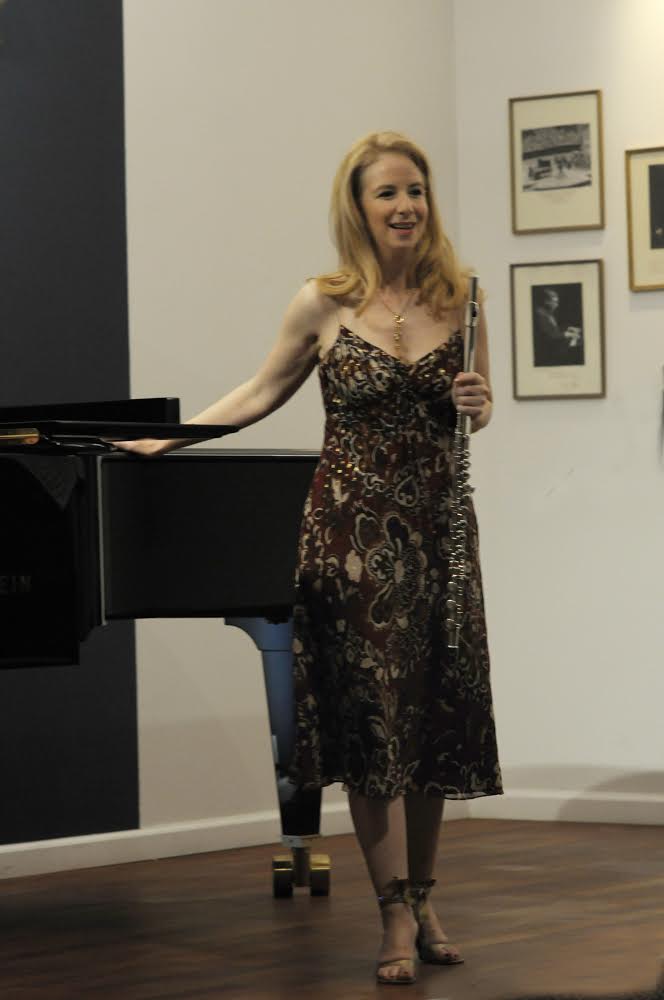 by Brooke Lieb
ACAT’s
by Brooke Lieb
ACAT’s